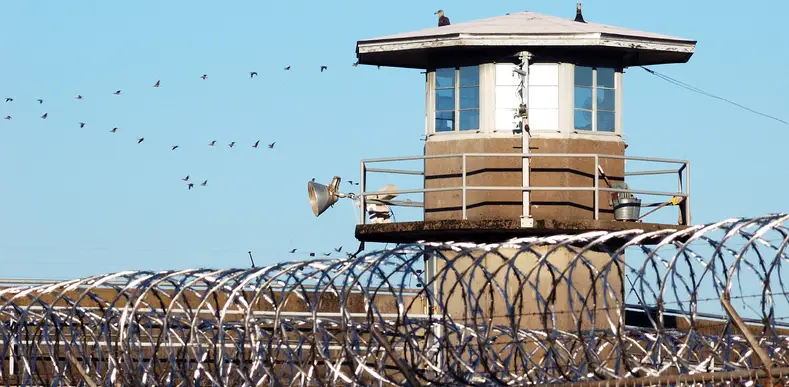Oregon to Take a Data-Driven Look at Substance Use, Mental Health and Criminal Justice

The data matters, especially when making systemic changes to Oregon’s state behavioral health initiatives. A few months ago, Oregon’s Behavioral Health Justice Reinvestment Steering Committee launched a new effort to develop a state policy framework for people that bounce in and out of the public justice and health systems. The goal was to work more closely with Oregon’s criminal justice system to track data and create actionable insight to improve the state’s response to people living with substance use disorders.
The effort is intended to spot trends in recidivism rates for behavioral health issues that periodically land people in jail or in treatment. It’s the first time the state has focused at the intersection of criminal justice and behavioral health to try to both track and change the outcomes of people dealing with substance use disorder.
How might this be helpful to the state?
Tracking the Impact of Oregon’s Substance Use Disorder
The committee that launched the effort in late 2018 noted that a small number of people can have a big effect on the criminal justice system simply because they ping pong in and out of jail as their disease progresses.
For example, the data currently shows that a county like Clackamas, which has a population of slightly more than 400,000, annually booked 6 percent of the overall population into the jail. However, that 6 percent of the population was responsible for nearly 20 percent of all booking events.
The data reveals that 569 people were responsible for more than 2,848 separate jail admissions. That means those 569 people were processed through the jail system somewhere between four and 15 times each as the cycle of substance use disorder improved and then worsened.
It is clear that the criminal justice system and addiction should not be colliding in this manner, particularly when there are Oregon addiction treatment resources available to provide treatment for substance use disorders. The goal of tracking this data is to help define the at-risk population that is placing an inordinate strain on the criminal justice system and then to tailor behavioral health treatment toward that group.

The Oregon Health Authority Director pointed out that, “The criminal justice system was designed to prevent, protect against and prosecute criminal offenses. It was not designed to treat mental illness or substance addiction.”
One benefit would be an annual reduction in costs accrued by Oregon’s criminal justice system. National data reveals that 36 percent of the people released from state prisons were incarcerated again within three years. Curbing recidivism from even 10 percent of these repeat offenders would save states $635 million annually.
This new tracking initiative has been successfully implemented in over 30 states with good results. Policy packages that states have passed have often had significant impacts on controlling criminal justice spending, averting growth in prison populations and increasing public safety.
If Oregon follows the trends, new ways to curb jail recidivism, along with improving access to health treatment, could result. It could not come at a more needed time; the stakes and the potential benefits for families grappling with substance use disorders are very high.
Contact The Recovery Village Ridgefield to learn more about admissions and treatment options available to you.

